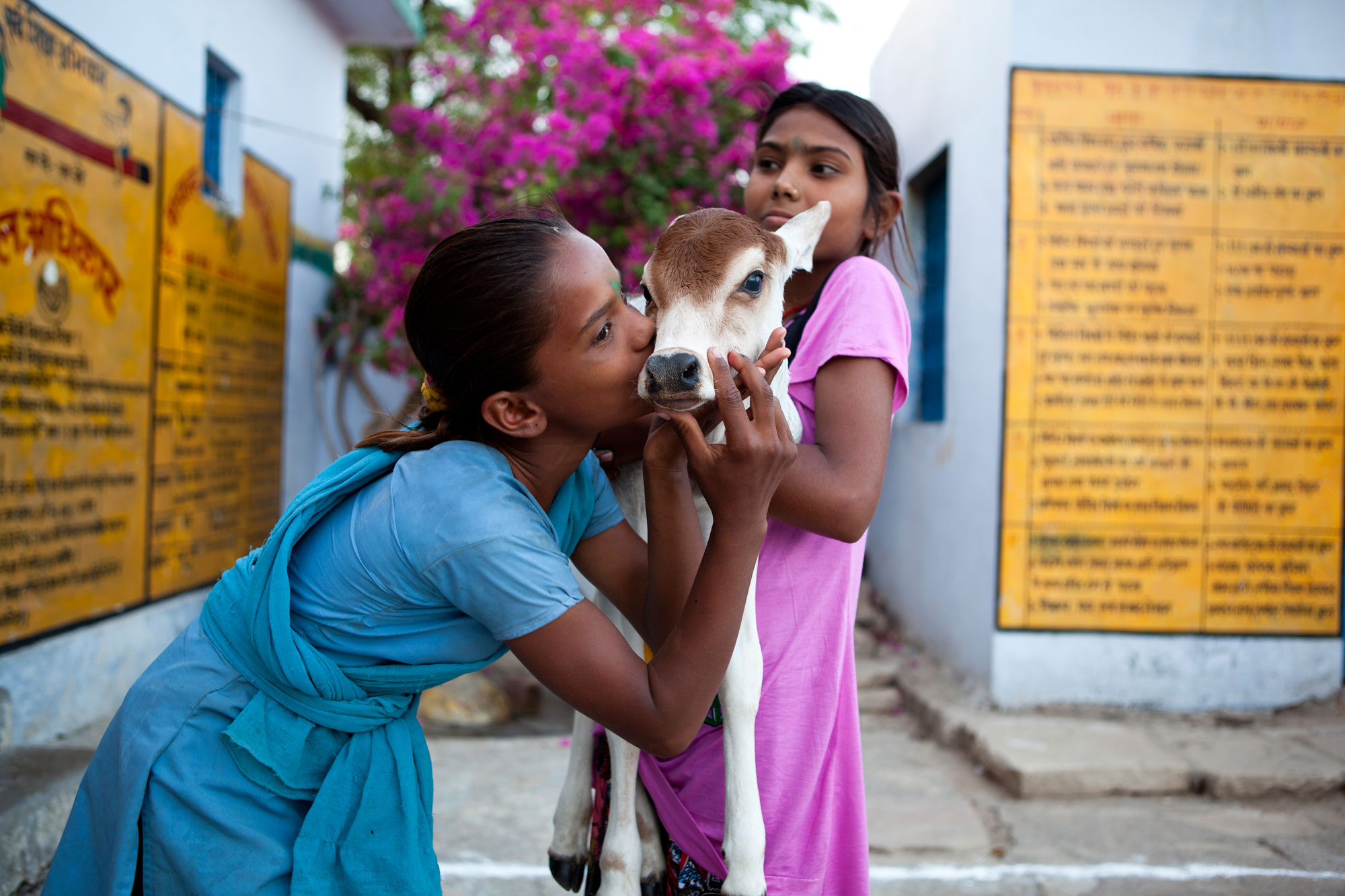The term “leftist” means different things to different people. But broadly it connotes a set of features that transcend time and place under a wider umbrella of progressive politics.
This term would include a keen eye for injustice, and solidarity with those who suffer from it; an understanding of capitalist societies and their hierarchies, insight into how the capitalist system accommodates and subverts traditional social systems, and political mobilisation around alternatives to such systems that cause injustice.
The scope of leftist politics has widened over the decades. In 19th century Europe, leftists might have focused on the newly formed class structures of bourgeois society and the need for class struggle. In 20th century India, the struggles of the marginalised–Dalits, Adivasis, and farmers–were seen as the most important leftist concern.
Traditionally, the Left was hostile to the non-human environment, sometimes with adverse consequences. Mao’s four pests campaign in the fifties, in China, is an egregious example.
More recently, the Left has finally set aside its fascination with industrial modernity and recognised the importance of the environment and the impending threat of climate change. Indian leftists and media outlets that lean left routinely mention deforestation and conservation in their analysis of post-liberalisation India.
One topic, however, still seems outside the sphere of concern of Indian leftists: animal rights. We believe it is time for that omission to be corrected.
Related article: The development discourse in India neglects women
A precedent
There is precedent for this much needed correction: the reclaiming of progressive politics by feminists and queer movements.
Feminists and queers were never easily welcomed in the Left dialogue. Their concerns were seen as “personal rights” against larger socio-economic challenges of society.
The feminist and queer movements created a dialogue of intersectionality–building bridges across marginalised communities.
But in India, the feminist and queer movements created a dialogue of intersectionality–building bridges across marginalised communities. They did this by placing rights such as gender equality, autonomy, personal integrity among essential freedoms that were continuously breached by structures of patriarchy. This happened alongside a critique of capitalism, caste and religion.
This is why it is not uncommon to see hijras marching for Dalits and protesting against Hindutva politics across India. This is why the Supreme Court’s landmark 2014 judgment recognising transgenders as the third gender and its 2018 decision to decriminalise homosexuality were received with joy by people across the spectrum of progressive Left politics in India.
Article 21 of the Indian Constitution recognises each person’s right to live a life of dignity. This includes a life free of oppression. The “right to life” concept of dignity has recognised the right to food, housing, livelihood, a clean environment, LGBT rights, privacy, quality of life for prisoners, right for beggars to beg, and people to live and sleep on the street, among other things.
In 2014, while banning the traditional sport of jallikatu in Tamil Nadu, Justice Radhakrishnan of the Supreme Court came very close to creating parity between human and animal oppression, in recognising the right to personal, individual dignity in each animal.
We now feel the need for progressive politics to take the final step towards recognising this definition of animal rights: animal rights is the idea in which some, or all, non-human animals are entitled to the possession of their own lives and that their most basic interests–such as the need to avoid suffering–should be afforded the same consideration as similar interests of human beings.

Humans have long-standing relationships with animals. We live with them, we use them for work or entertainment, we worship them, we protect them as wildlife, and we also eat them. | Picture courtesy: Charlotte Anderson
Animal cruelty
Humans have long-standing relationships with animals. We live with them, we use them for work or entertainment, we worship them, we protect them as wildlife, and we also eat them.
Indians in cities and villages are often seen fighting animal rights activists in court. These battles are part of the highly exaggerated fight for the survival of humans over animals. In truth, this fight is immensely one sided, in favour of humans.
The list of everyday cruelty towards animals in India is endless, but apart from a handful of animal rights activists, we never see any great outrage from members of civil society.
In cities, people fight over stray dogs, cats, and monkeys. In rural India, the battles are over bovines or other animals that feed on crops, some of which are being grown on forest land. State governments often declare some animals as vermin to be destroyed on sight.
The list of everyday cruelty towards animals in India is endless. It happens everyday, and is often highlighted in the press, but apart from a handful of animal rights activists, we never see any great outrage from members of civil society, or from people on the Left who are working on issues concerning oppression.
Some standard reasons are advanced for this.
The first is that the dialogue around animal rights in India has been reduced to vegetarianism, which is seen as an upper caste imposition. The argument here is that animal rights activists have no reason to align themselves with upper caste customs.
Related article: The social sector in India has a diversity problem
There is no doubt that meat-eating in the country is marked by caste, religion and region, and it is the people at the top of the caste system who are enforcing their culinary preferences on others. But vegetarianism amongst upper caste Indians is a ritual habit rarely motivated by concern for animals. After all, upper caste Indians consume dairy in large quantities and there is ample evidence that dairy causes more harm to their favoured animal–the cow–than raising the same animal for slaughter.
But is this good enough reason for activists not to speak in favour of vegetarianism?
The second is a variation of the argument above. It is that Indians eat very little meat, so one of the main motivations of the animal rights movement abroad–the treatment of animals in the meat industry–does not apply here.
It is true that India’s per capita consumption of meat is about 4% of that of the United States. But India is also the largest exporter of beef (buffalo meat) in the world. Equally importantly, how we raise those animals for slaughter is changing rapidly. Most Indian chickens are now raised in factory farms. India is also a major source of farmed fish. Industrialised animal agriculture is qualitatively more harmful to animals and qualitatively more harmful to the human communities that live close to the factories.
The third–and perhaps the most fundamental–point made against progressive movements taking up animal rights is that it risks taking precious mental and material resources away from protecting human rights.
The argument here is that only the wealthy can afford to pay attention to animal rights while the poor are fighting for their own existence.
This worry is articulated throughout the world. The argument here is that only the wealthy can afford to pay attention to animal rights while the poor are fighting for their own existence.
Certainly, the animal rights movement in the West has a white upper-class bias but there is no reason for it to be so. Concern for non-human beings runs across the class and caste spectrum. In fact, the poor are more likely to share their already restricted resources with non-human creatures. It is just that their concern for animals does not get air time in the way a rich person’s dietary choice does.
Let us also recognise that concern for the environment is increasing amongst the young, and with animal agriculture amongst the biggest emitters of CO2, there is a growing recognition that our dietary choices will affect the survival of our species.
These are a representative sample–though by no means a comprehensive list–of reactions to a demand for animal rights. Our quick responses are not meant to go beyond the surface.
The case for animal rights
We now turn to a more substantial defence of why the Indian Left must embrace the well-being of non-human creatures, that concern for animals is not only a natural expansion of our circle of justice, but also a strategically important direction for the progressive movement.
Animals are sentient beings just like humans. The scientific evidence on this has never been more prolific and conclusive. The progressive struggles have been about equality–across lines of caste, gender, sexuality, religion, place of origin–but confined to humans alone.
The idea of social justice today combines the battle for personal freedoms with economic justice, and extends the idea of equality to income and livelihood, against the excess of capitalism. But these battles are restricted by what the Canadian political philosopher Will Kymlicka calls “human supremacism”.
The challenge for the progressive movements now is to extend the doctrine of equality beyond humans.
The American philosopher Martha Nussbaum defines animal rights as the final frontier of rights among disability and immigration–but we don’t need to use finite terms. Animal rights can be the new frontier of rights, where we see humans also as the animals that we are, and redefine a new politics that speaks for all sentient beings.
This article was originally published on Scroll.in.






